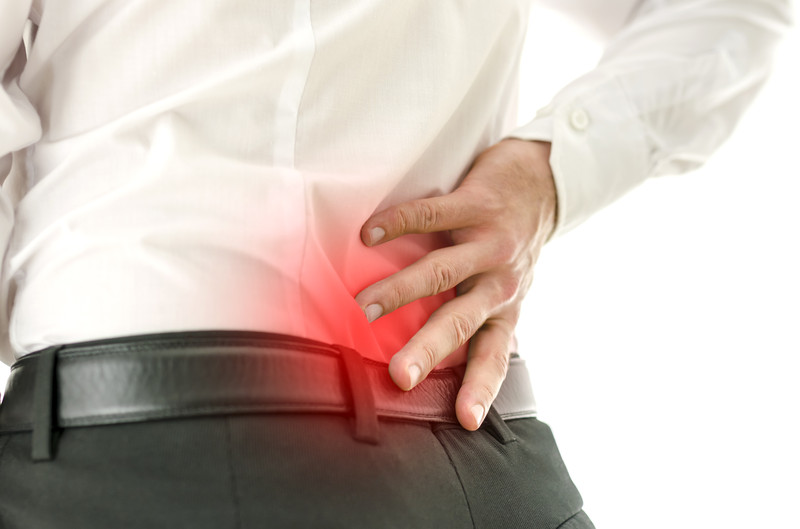Gym Training Back Pain
Does gym training help back pain?
Low back pain is a significant issue, with a lifetime prevalence of up to 80%. There are multiple contributing factors which may lead to the development of low back pain, such as poor posture, inadequate lifting techniques and altered movement strategies. Acute low back pain is largely settled with rest, treatment and appropriate activity modification, however in some cases, low back pain can progress to chronic (present for longer than three months), from where it can be more challenging to manage if not directed to appropriate treatment strategies. Gym training back pain
Management of chronic low back pain can prove difficult due to multiple contributing factors; however treatments which incorporate exercise demonstrate significant benefits in pain levels. Research has demonstrated that one of the most effective forms of exercise for chronic low back pain is resistance training. The reasoning for using this form of exercise originates from the link of deconditioning with the development of low back pain, in particular, the decrease in muscular strength and endurance. Using equipment such as free-weights, resistance bands and machines and incorporating either whole body or single joint movements increases fitness levels and muscle strength – both of which are important for the management of chronic low back pain. Gym training back pain
The incorporation of a periodised resistance training program into management for chronic low back pain has been shown to be effective for management, with a progression of volume and resistance allowing for muscle adaption and increases in muscle strength and endurance. This strategy has been deemed to be more effective than aerobic forms of exercise (such as walking, jogging or cycling), stretching and yoga, possibly due to its closer link to replicating functional movements. Completing resistance training a minimum of twice per week is essential to developing improvements in pain, muscle strength and also quality of life. Gym training back pain
A recent study assessed the effect of completing resistance training 2, 3 or 4 times in a week and its effect on chronic low back pain, muscle strength and quality of life. This included exercise such as the leg press, hamstring curl, bench press variations, lat pull down, cable rows, shoulder press, triceps pushdowns, crunches and planking variations. The group which completed the exercise four times per week demonstrated significant improvements in low back pain, quality of life and muscle strength compared to the groups which completed the exercises either two or three times in one week. Those in the groups which completed the exercise two or three times per week also demonstrated benefits, with significant improvements in low back pain, muscle strength and quality of life compared to not taking part in any exercise at all (but not as large improvements as four times per week). These benefits were seen over a 13 week period, and if maintained for a longer period of time could result in even greater benefit.
 This study proves that increasing muscle strength decreases pain in chronic low back pain, and that deconditioning probably has a role to play. Gym training back pain
This study proves that increasing muscle strength decreases pain in chronic low back pain, and that deconditioning probably has a role to play. Gym training back pain
Another study examined completing the deadlift exercise and it effect on chronic low back pain. When performed correctly, the deadlift aims to maintain optimum alignment of the lumbar spine whilst activating surrounding stabilising muscles, focusing on movement control – one factor which is largely affected in chronic low back pain. When measured at both two and twelve months, completion of the deadlift exercise on a regular basis decreased pain in chronic low back pain, with improvements in function and quality of life. This study further supports the hypothesis that deconditioning needs to be addressed in chronic low back pain in order for longer term results to be achieved.
In conclusion, for the management of chronic low back pain, exercise plays an important role, particularly resistance exercise. This is supported by recent literature and is now employed as an effective treatment strategy by Physiotherapists due to positive results from research and anecdotally within clinical practice.
References
- Kell R, Risi A, Barden J. The Response of Persons with Chronic Nonspecific Low Back Pain to Three Different Volumes of Periodized Musculoskeletal Rehabilitation. Journal of Strength and Conditioning Research [Internet] 2011 [Cited 2017 Apr 8]; 25(4): 1052 – 1064. Doi: 1519/JSC.0b013e3181d09df7.
- Kell R, Asmundson G. A Comparison of Two Forms of Periodized Exercise Rehabilitation Programs in the Management of Chronic Non-Specific Low Back Pain. Journal of Strength and Conditioning Research [Internet] 2009 [Cited 2017 Mar 21]; 23(2): 513 – 523. Available from: https://dx.doi.org/10.1519/JSC.0b013e3181918a6e.
- Michaelson P, Holmburg D, Aasa B, Aasa U. High Load Lifting Exercise and Low Load Motor Control Exercises as Interventions for Patients with Mechanical Low Back Pain: A Randomized Controlled Trial with 24 Month Follow-up. Journal of Rehabilitative Medicine [Internet] 2016 [Cited 2017 Mar 30]; 48: 456 – 463. Doi: 10.2340/16501977-2091
- Aasa B, Michaelson P, Aasa U. Individualized Low-Load Motor Control Exercises and Education versus a High-Load Lifting Exercise and Education to Improve Activity; Pain Intensity, and Physical Performance in Patients with Low Back Pain: a Randomized Controlled Trial. Journal of Orthopaedic and Sports Physical Therapy [Internet] 2015 [Cited 2017 May 28]; 45(2):77-85. Doi: 10.2519/jospt.2015.5021.
Author Matt Fulco who is an experienced Physiotherapist currently undertaking a Post Graduate Masters in Musculoskeletal Physiotherapy.
Want to get started on the road to recovery? BOOK ONLINE HERE












